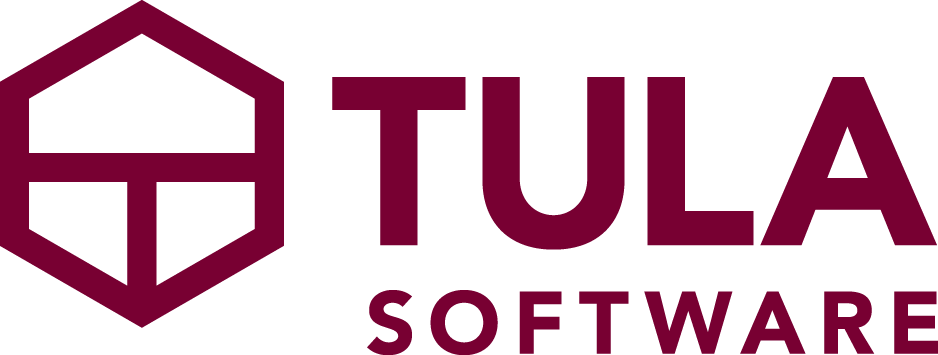First, Some background:
Image via blog.wiser.com
The primary thing happening in the fitness industry and it’s relationship with technology right now is that software companies are aggressively moving to do to three main things:
1. Turn service providers (gyms, studios, salons, etc.) into commodities that provide them with "inventory" (class spots, appointments, etc.).
2. Build a relationship with consumers, so that consumers purchase their services through the software company, instead of through the service provider directly, so that the software company can make money processing credit cards.
3. Mine the data obtained through the above process, because in the new economy, data is the new oil. (Important: you have the oil!)
The problem with this approach for the independent business owner, is that it extracts an extraordinary amount of value from their business, while providing little value in return. Whether it’s Groupon, ClassPass or Mindbody’s Deals Engine, what they are ultimately offering you is an attendance at a discounted rate. Nothing more.
That they have consumers is not evidence of effective marketing on their part, for which you should be willing to turn over your schedule, attendance data, student credit card data, student email addresses, etc. in exchange for the magic marketing sauce they’ve made.
No, the only thing happening is that basic laws of economics are at play: If you lower the price of something, demand will increase.
It’s critically important to understand: if companies such as Groupon and Mindbody were increasing demand for your service, they would be able to pay you MORE for your services than you are able to command on your own. That they ALWAYS pay you less is the only proof you need to know they are simply not able to provide you with more value than you can provide for yourself. Or more simply, you do not need them to sell your services for half price. You can do that all on your own.
The newest trend in the industry is that companies are working to build algorithms to determine when “inventory” (class spots) is available and adjust the pricing in the same way that uber does surge pricing. It’s called "Demand Based Pricing" or "Dynamic Pricing".
Startups such as Lymbr and Dibs are doing this with the belief that they can eventually become "the uber of fitness", and Mindbody doesn't mind because they make money when these companies access your inventory through their system, as they charge a partner API fee.
Mindbody announced yesterday on their quarterly losses call that they’ll be both “expanding their offering on the Mindbody connect app to go beyond intro offers” and that they’ll be partnering with Under Armour to give them access to “our inventory of fitness activities”. The promise will be, as it always is, that they’ll increase demand for your service.
But you can rest assured it will once again be nothing more than a path through which a discounted attendance comes in through your door.
That's what all of this always amounts to: discounts.
Build your own system. Strengthen your own business.
I provide this background because I want our customers to understand how much power we’ve put into their hands with our updated credits system, and that it is yet another example of how we are the only technology company in the industry that is truly dedicated to empowering our customers.
If you believe your business would benefit by occasionally altering your price for specific classes based on popularity, you can leverage the updated credits system we announced earlier this week. Maybe you’ll want to try making your early morning classes a half a credit. Maybe you have an evening class that is always sold out, all the time, and you want to see what would happen if you made it cost 1.5 or 2 credits. Or maybe you often do one on one privates, and you’d prefer to charge a higher price when appointments are scheduled on evenings and weekends.
I’m not saying you should do any of these things. What I am saying is that a lot of money is being spent, and a lot of talent is focused right now, on how to obtain data that you yourself have at your fingertips, and sell to consumers at different prices based on that data.
If you own a studio, and you use Tula, you can now build your very own demand based pricing system based on the reports already available, combined with your knowledge of your own business and your own community and our variable credits system.
And if you don’t use Tula, this is just the latest in a long string of examples of how we're different than any of our competitors, and you should definitely check us out.

